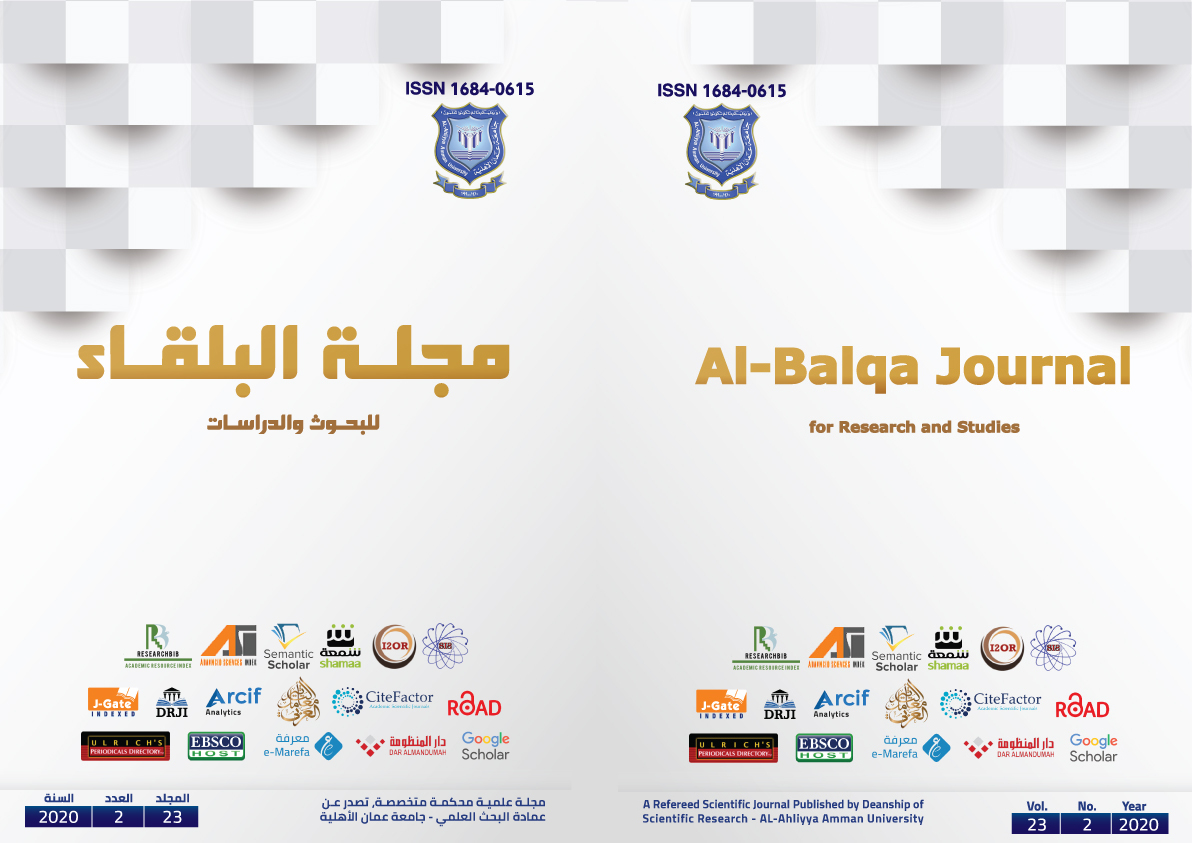Al-Balqa Journal for Research and Studies البلقاء للبحوث والدراسات

Abstract
It is well established that diabetes is one of the major risk factors for atherosclerosis. and diabetic patients have a two- to four- fold higher risk of coronary heart disease than non-diabetic individuals. The atherosclerotic complications constitute the main cause of mortality among diabetes patients, in general, and in type- 2 diabetics, in particular. Although the atherosclerotic process is indistinguishable from that affecting the non-diabetic population, it begins earlier and may be more severe. However, the accelerated atherosclerosis in diabetes involves a multitude of mechanisms including oxidative modification of low density lipoproteins through the oxidative stress accompanying the pathology of diabetes. Homocysteine causes autoxidation of LDL through generation of the superoxide radical and reduction of the antioxidant status. The reaction between glucose and protein or lipoproteins leading to glycated products in arterial walls is also involved. Angiotensin II is known to be a potent stimulator of ROS production in endothelial cells and vascular smooth muscle cells, and ACE inhibitors have been shown to increase endogenous oxidant scavengers. and to enhance glutathione-dependent antioxidant defense. Thirty normotensive subjects of the same socioeconomic class were recruited into the study and were divided into three groups. Group l (controls) included l0 healthy non-obese individuals, Group lI and group III subjects (l0 patients in each group) were type 2 diabetics with atherosclerotic coronary artery disease (CAD). The treatment of subjects in Group ll was supplemented by an antioxidant combination, while subjects in Group III low daily dose of 12.5 mg of the ACEI captopril constituted the adjunct therapy. The aim of the present study was to compare the possible role of supplementation with either a low dose of the ACE inhibitor captopril or a combination of antioxidants to the regular treatment regimens of type 2 diabetic patients with CAD on some markers to atherosclerosis. The results of a three month follow-up of type 2 diabetic patients indicated that adjunct treatment with antioxidants or low- dose captopril improved all parameters tested, including glycemic control, oxidative stress, and hyperhomocysteinemia. A very encouraging observation was the favorable response of ox-LDL Ab to antioxidant or captopril treatment. The clinical improvement and the observed gradual shift in the disease indices toward normal levels make the use of the suggested adjuvant therapy in type 2 diabetics with cardiovascular disease worth pursuing in a larger clinical study. the disease indices toward normal levels make the use of the suggested adjuvant therapy in type 2 diabetics with cardiovascular disease worth pursuing in a larger clinical study.
Recommended Citation
Elewa, Hosny; Oraiqat, Ghalib; and Zalat, Zainab Al-Kasaby
(2011)
"A Comparative Study between Low-Dose Captopril and Antioxidant Combination as Adjuvant Therapy In Type-2 Diabetic Patients With Coronary Artery Disease,"
Al-Balqa Journal for Research and Studies البلقاء للبحوث والدراسات: Vol. 14:
Iss.
1, Article 1.
Available at:
https://digitalcommons.aaru.edu.jo/albalqa/vol14/iss1/1

